Hot pot, a beloved culinary tradition enjoyed across Asia and beyond, is as much about communal dining as it is about the art of flavor pairing. At its heart, the hot pot experience revolves around a simmering pot of broth—spicy, mild, or somewhere in between—where diners cook an array of ingredients to their liking. While the broth sets the stage, the real star of the show is the meticulously curated selection of side dishes. These accompaniments not only enhance the dining experience but also create a symphony of textures, flavors, and aromas that define a memorable meal. This guide will explore the essential categories of hot pot side dishes, from tender meats to crisp vegetables, and offer expert tips on how to assemble a balanced, delicious spread.
The Foundation: Meat and Seafood
No hot pot is complete without a generous selection of protein-rich ingredients. Thinly sliced meats are a staple, as they cook quickly and absorb the broth’s essence. Beef, particularly cuts like ribeye or brisket, is a crowd-pleaser due to its marbling and ability to melt in the mouth. For a more adventurous twist, try Wagyu beef, known for its buttery texture and rich flavor. Lamb is another popular choice, especially in northern Chinese-style hot pot, where its gamey taste complements aromatic herbs like cumin and coriander.
Seafood lovers can indulge in shrimp, squid, or fish fillets. Shrimp, whether fresh or frozen, adds a briny sweetness to the broth, while squid rings offer a satisfying chew. For a touch of luxury, consider adding lobster tail or scallops, which elevate the meal to gourmet status. Vegetarians need not feel left out—plant-based alternatives like textured vegetable protein (TVP) slices or tofu puffs mimic the texture of meat and soak up flavors beautifully.
Crisp and Refreshing: Vegetables
Vegetables provide a refreshing contrast to the richness of meat and broth. Leafy greens such as bok choy, spinach, and napa cabbage are must-haves, as they wilt quickly and retain their vibrant color. For a crunchy element, include sliced lotus root, daikon radish, or carrots. Mushrooms—enoki, shiitake, or king oyster—add earthy depth and a meaty texture. For a unique twist, try adding watercress or kale, which hold up well in spicy broths.
Root vegetables like potatoes or taro root can be sliced thin and added early to thicken the broth. Zucchini and bell peppers offer a mild sweetness, while corn on the cob imparts a subtle starchiness. Don’t overlook herbs like cilantro or Thai basil, which can be added at the end for a burst of freshness.
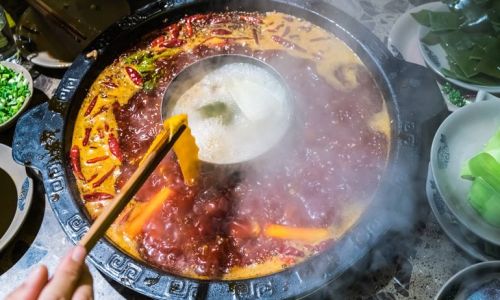
Protein Powerhouses: Tofu and Bean Products
Tofu is a hot pot essential, offering a blank canvas for absorbing flavors. Silken tofu, with its custard-like texture, is ideal for soaking up spicy broths, while firm tofu holds its shape during cooking. For a smoky twist, try grilled tofu skin or fried bean curd rolls. Mung bean noodles, also known as cellophane noodles, add a chewy texture and are a low-calorie alternative to traditional wheat noodles.
Starch Staples: Noodles and Grains
No hot pot meal is truly complete without a hearty serving of carbohydrates. Rice noodles, udon, or sweet potato noodles can be added toward the end of the meal to soak up the flavorful broth. For a more filling option, consider hand-pulled noodles or rice cakes, which add a satisfying chew. In some regions, diners even enjoy a final bowl of broth mixed with noodles and leftover ingredients, creating a makeshift soup.
The Art of Pairing: Flavor Combinations
The key to a perfect hot pot lies in balancing flavors and textures. Spicy broths pair well with cooling ingredients like cucumber slices or enoki mushrooms, while mild broths shine when paired with richer meats like pork belly. For a harmonious meal, aim for a mix of colors, shapes, and cooking times. Delicate ingredients like seafood should be added last to avoid overcooking, while heartier items like root vegetables can go in early.

Regional Variations: Exploring Global Hot Pot Cultures
Hot pot traditions vary widely across the globe, each with its own signature side dishes. In Japan, shabu-shabu features paper-thin beef slices and a sesame-based dipping sauce, while Korean jeongol includes kimchi, rice cakes, and spicy pork. Thai sukiyaki incorporates coconut milk and lemongrass, with shrimp and galangal as star ingredients. In the West, fusion hot pots might include unconventional additions like cheese-stuffed meatballs or truffle-infused broths.
Health-Conscious Choices
For those mindful of nutrition, hot pot offers plenty of healthy options. Leafy greens, mushrooms, and tofu are low in calories and high in fiber, while lean proteins like chicken or fish provide essential nutrients without excess fat. Opt for broths made from kombu or chicken bones rather than heavy cream or lard. Avoid processed ingredients like deep-fried fish cakes or preserved meats, which can be high in sodium.
Avoiding Common Pitfalls
Even seasoned hot pot enthusiasts can make mistakes. Overcrowding the pot leads to uneven cooking, so cook ingredients in small batches. Overcooking delicate items like shrimp or fish results in a rubbery texture—aim for just a minute or two in the broth. Conversely, undercooking meats poses health risks, so ensure sliced meats reach a safe internal temperature. Finally, resist the urge to double-dip used chopsticks into communal broths, a practice that can spread germs.

The Final Touch: Dipping Sauces
No hot pot meal is complete without a selection of dipping sauces to customize flavors. Classic options include sesame paste, soy sauce, vinegar, chili oil, and minced garlic. For a creamy twist, mix peanut butter with a splash of broth. In Sichuan-style hot pot, a spicy blend of chili flakes, Sichuan peppercorns, and oil is a must-try. Experiment with combinations like fermented bean paste, cilantro, and lime for a tangy kick.
Conclusion: Crafting Your Ideal Hot Pot Spread
The beauty of hot pot lies in its flexibility—whether you prefer a meat-heavy feast or a vegetarian delight, the possibilities are endless. By balancing proteins, vegetables, and starches, and experimenting with regional flavors, you can create a meal that satisfies every palate. Remember, the best hot pot is one that reflects your personal tastes and encourages shared laughter around the table. So gather your loved ones, fire up the broth, and let the sizzling symphony of flavors begin!
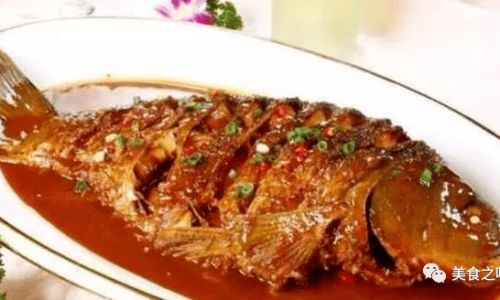
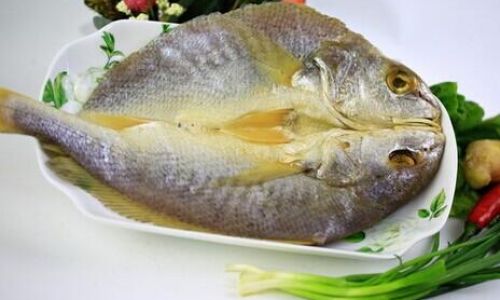
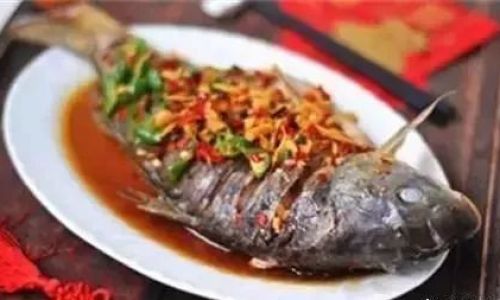
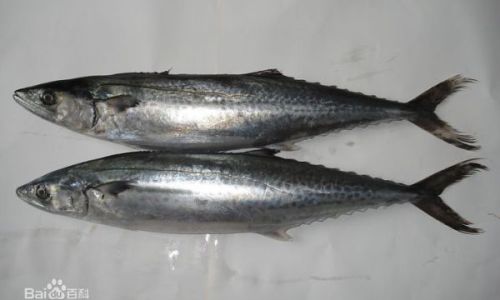


0 comments